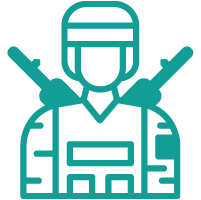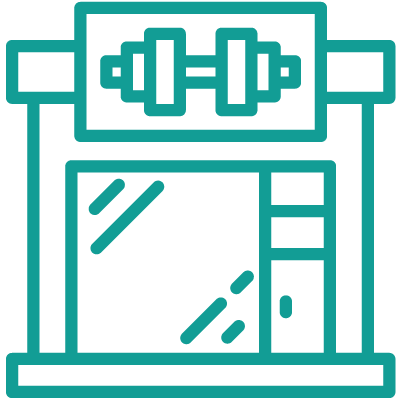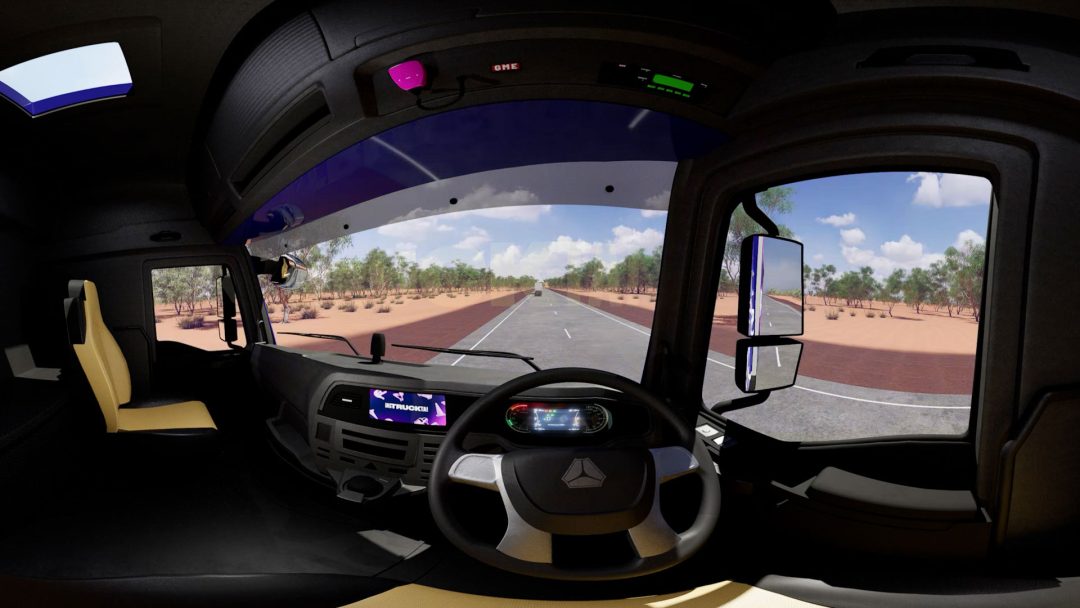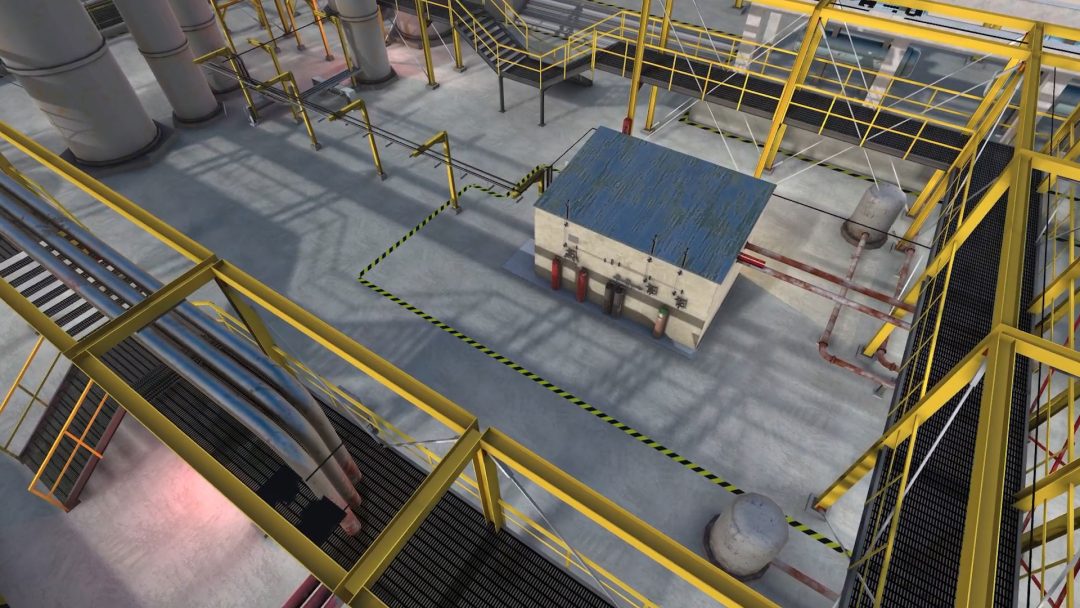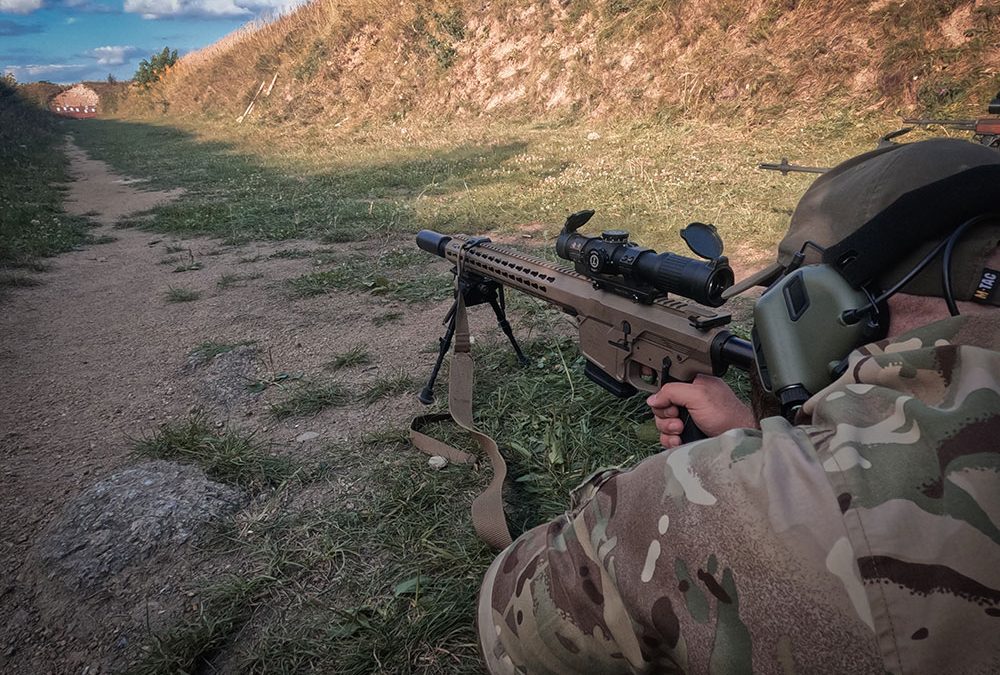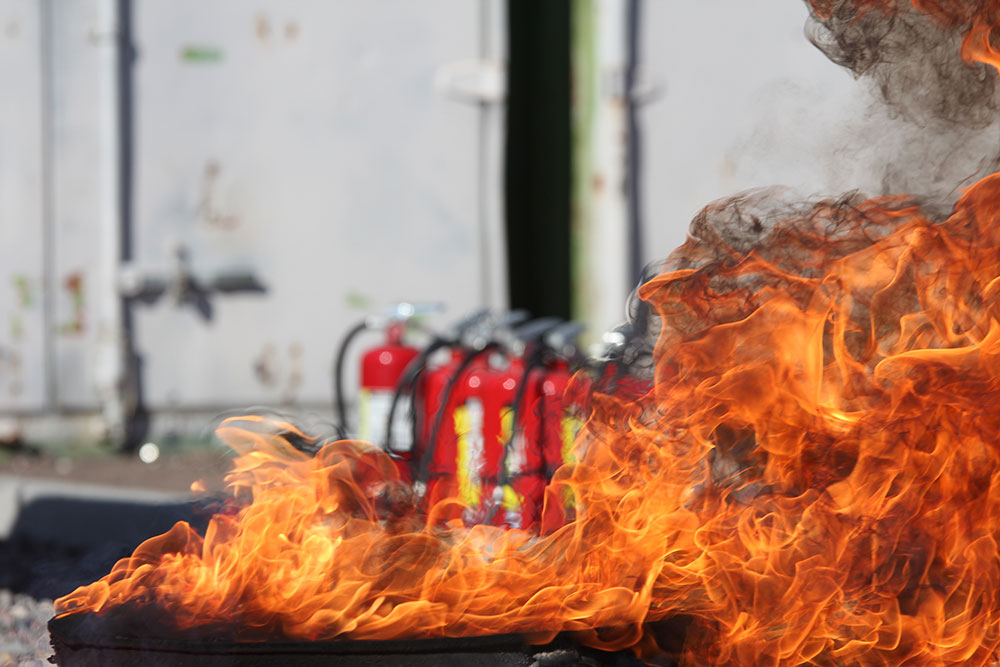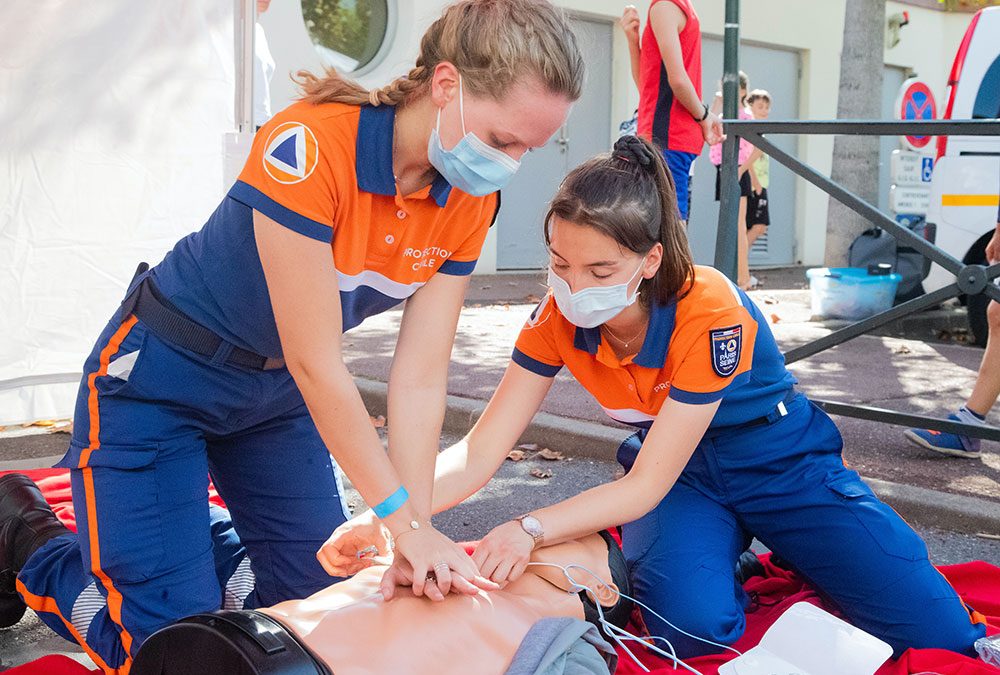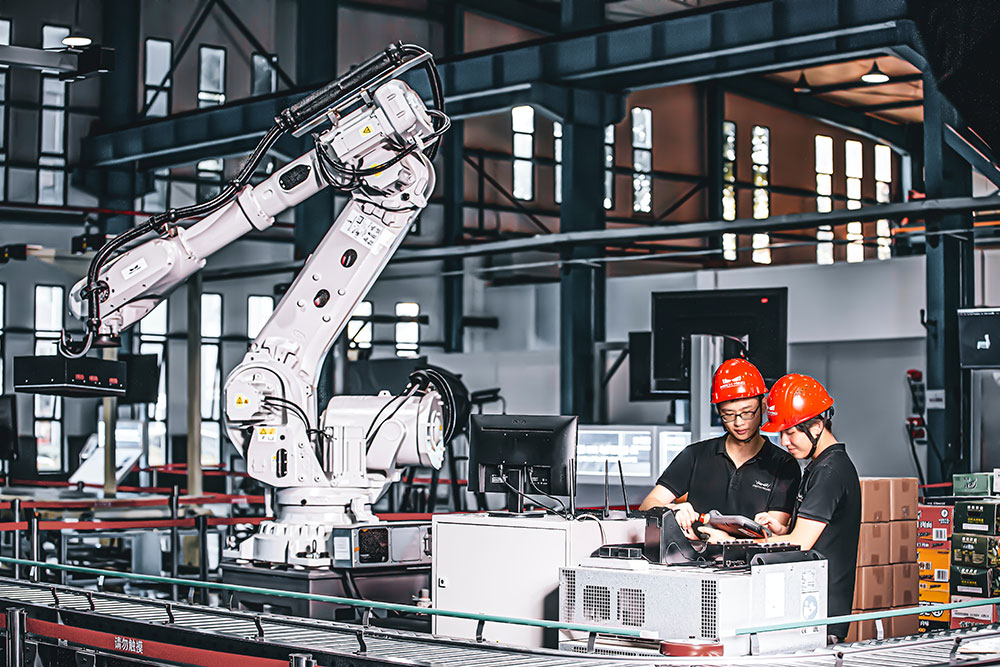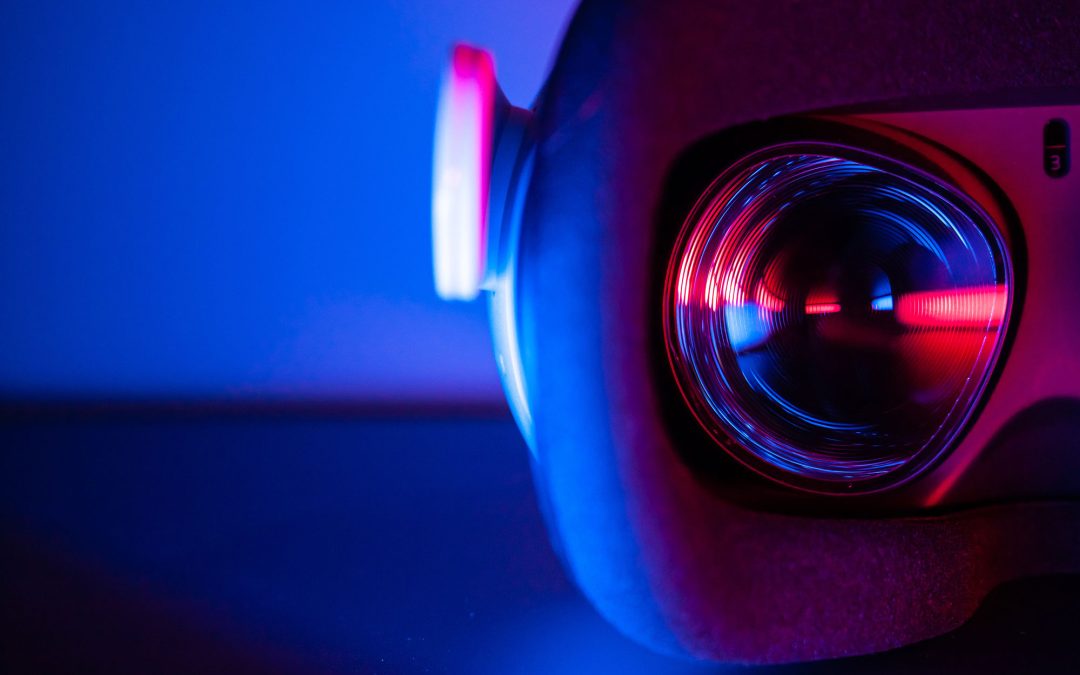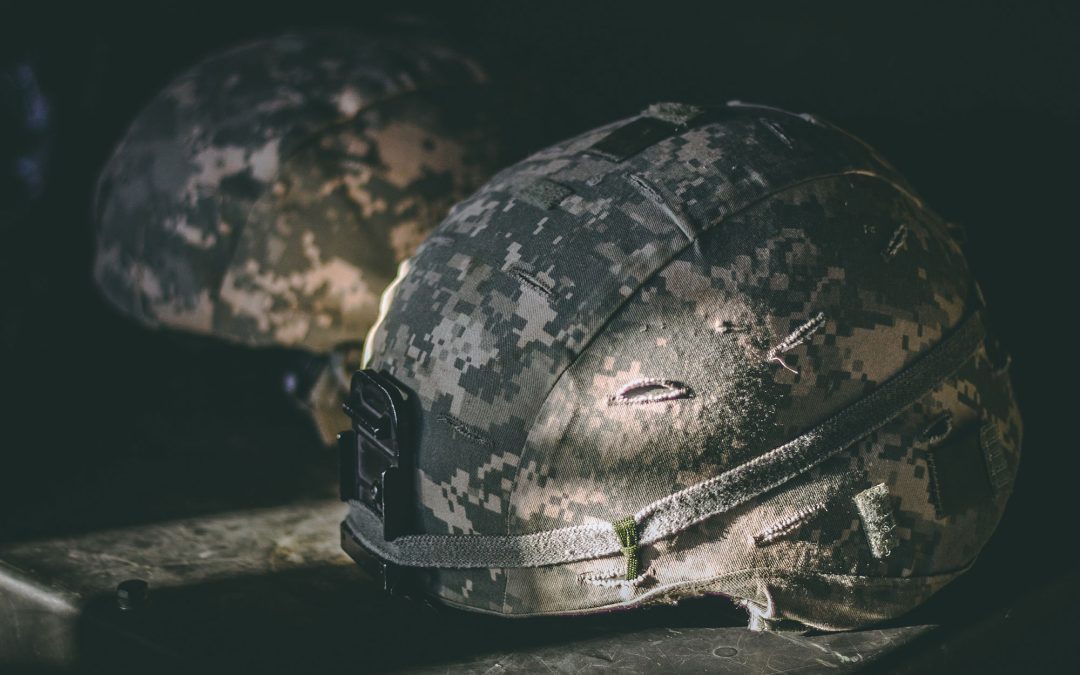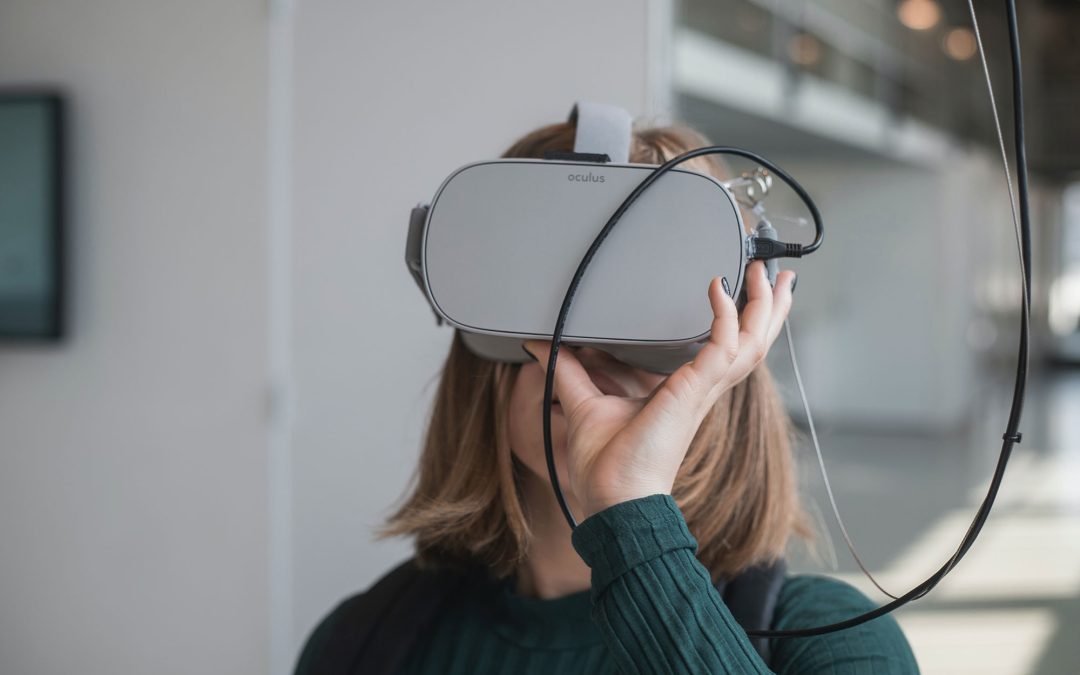VR for Training & Education
We specialise in creating custom Virtual Reality applications for training the future workforce. We can help simulate complex practical tasks in VR that represent real-world scenarios.
Virtual Reality (VR) for VR Training & Education
In the training industry, Virtual Reality (VR) offers a groundbreaking approach to enhancing learning experiences and expanding training capabilities. With VR, training programs can be taken to new heights by creating immersive and realistic simulations that complement existing learning techniques. VR allows trainees to engage in hands-on experiences and practice in virtual environments that replicate real-life scenarios, without the associated risks or costs. This technology can be particularly beneficial in industries where practical training is challenging, such as mining, healthcare, or hazardous environments. VR-based training enables trainees to develop skills, gain confidence, and make critical decisions in a safe and controlled setting. By leveraging VR, the training industry can deliver more effective, engaging, and scalable training solutions, ultimately improving knowledge retention and performance outcomes.
What are the benefits of VR for the training & education industry?
Allowing the user to become more immersed in their surroundings
Increasing retention of information
Saving time and money overall e.g. with facilities
Companies offering different training options
Providing more interactivity for training
Allowing you to practice skills in a safe environment first
Helping to improve employee engagement during training
Helping employees to gain more confidence in their training
Employees learn new skills faster
Allowing accessible practice at any time
How VR is currently being used by training & education industry
The use of virtual reality (VR) in training and education has been increasing over the past few years. VR is being used to complement existing training programmes, such as flight simulation, medical training and military training.
Virtual reality can provide a unique visual experience for individuals who are unable to travel to certain places due to disability or financial restrictions. For example, it can allow someone who is blind to visit a historical location or explore a foreign country without leaving their home. It can also be used by students with disabilities who might not be able to attend school in person but would still like access to academic resources through technology.
The use of virtual reality in training programmes has been shown to improve performance on tasks that require spatial awareness such as driving or operating machinery. This is because it allows people to practice their skills before doing so in real life. VR can be used as a tool for the observation and analysis of existing training programmes. This allows trainers and educators to see how trainees react in various scenarios and make adjustments accordingly before they implement any changes into an actual training programme themselves.

Brainstorm your ideas on 1300 00 3392
If you’d like to receive our full ‘VR for Training & Education Information Pack & Price List‘ please add your details below.
The industries we work in
VR Training & Education Projects
VR Training & Education Articles
VR Training & Education Videos
Frequently Asked Questions
Is VR training cost effective?
When it comes to training and education, virtual reality (VR) can be a cost-effective alternative to traditional classroom lectures. VR lets students experience a real-life scenario in a safe environment that’s not only more engaging but also more cost-efficient.
Is VR training good?
Virtual reality (VR) training is a great way to train employees. It can be used for training employees on how to use a specific piece of equipment or software, as well as teaching them how to perform their jobs in the real world. It’s also useful for educating employees on how to handle a new situation or scenario.
How virtual reality is used in training?
Virtual reality is used in training to simulate real-world situations. It can be used to train a variety of skills, from operating heavy machinery to flying an aeroplane. This is accomplished by using a headset that has built-in headphones, which allow the user to hear what’s going on around them. The headset also blocks out all other sounds.
How do you start virtual reality training?
The first step in virtual reality training is to decide what kind of experience you want to provide your employees with. Do you want them to have an immersive experience with 3D visuals? Do you want them to feel like they’re there? Or do you just want them to learn how different tools work?
What is virtual reality training?
Virtual reality (VR) training is a way to train employees using computer-generated environments that mimic real-world situations. These environments can be created with video game engines or 3D modelling software, and they can be used to simulate any number of scenarios.






















